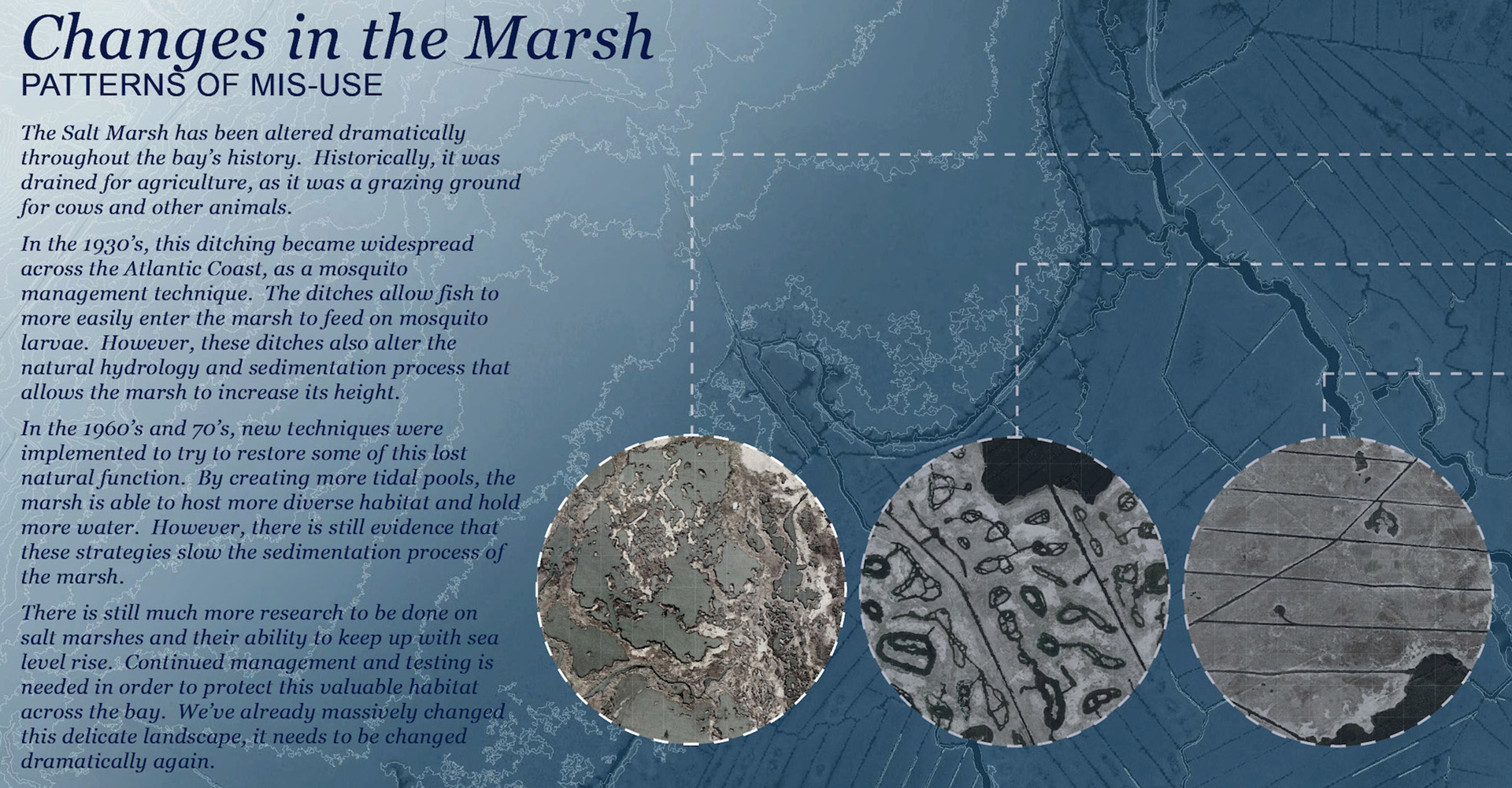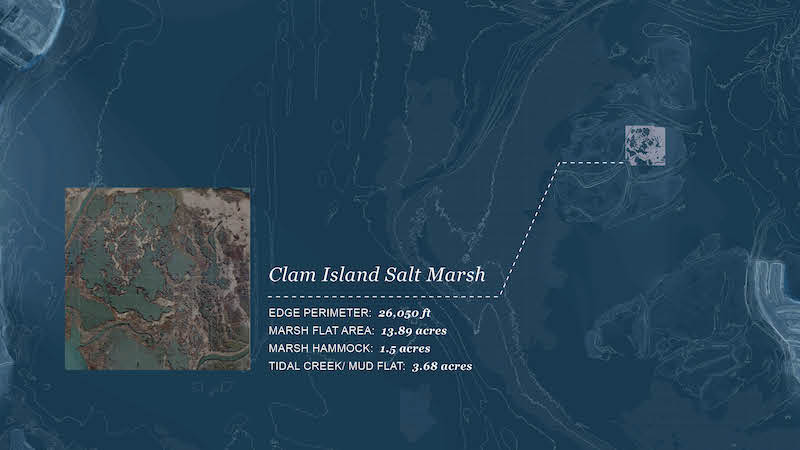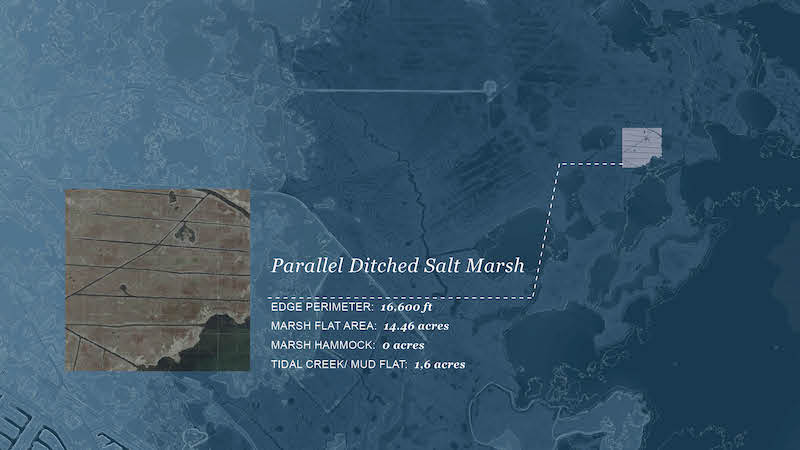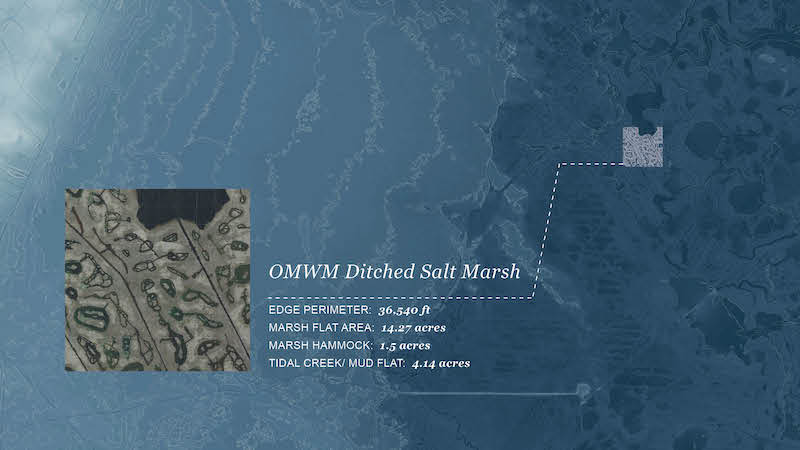Many aspects of the health and productivity of Long Beach Island’s Barnegat Bay is directly linked to its salt marshes.
However, even the bay’s edges that have been protected as natural, tidal marshes have been impacted by human interference. You might have seen the strange patterns that look like scars on the marsh surface from looking at maps on your phone. When lookingmore closely at the marshes in Barnegat Bay, three different patterns emerge.
The first is the natural salt marsh. It is blotchy and porous, continually holding and releasing water. It is considered the nursery of the bay, as many aquatic species depend on this habitat during early development. However, few remnants of this natural marsh exist within the bay.
The second most dominant pattern reflects remnants of the parallel ditching initiatives, widespread during the 1930s. This was part of an initiative across the Atlantic Coast to manage mosquito populations. These ditches were used to decrease the areas of standing water that act as breeding ponds for mosquitos.
However, one of the key aspects of a salt marsh is its natural dynamism, both through its daily tidal inundation and through its long-term, build-up of sediment. The rigid pattern of parallel ditching inhibits the marsh’s natural hydrology and its ability to self-maintain. In addition, it limits wildlife movement and habitat diversity within the marsh.
The third pattern is a result of the Open Marsh Water Management Standards (OMWM), developed in the 1960s and 1970s to rectify many of the environmental issues that the parallel ditching caused, while continuing to manage mosquito populations. By creating more pools and radial creeks in the marsh, more species are able to enter the marsh and increase tidal circulation.
So what does the future of the salt marsh look like?
With sea levels predicted to rise, the majority of salt marshes could be completely inundated within the next 50 years. New techniques need to be developed to protect these valuable habitats and allow them to spread upland. This is an exciting opportunity for collaboration between scientists and artists to reimagine these patterns and develop techniques for marsh growth, which we’ll explore in our next blog post.




